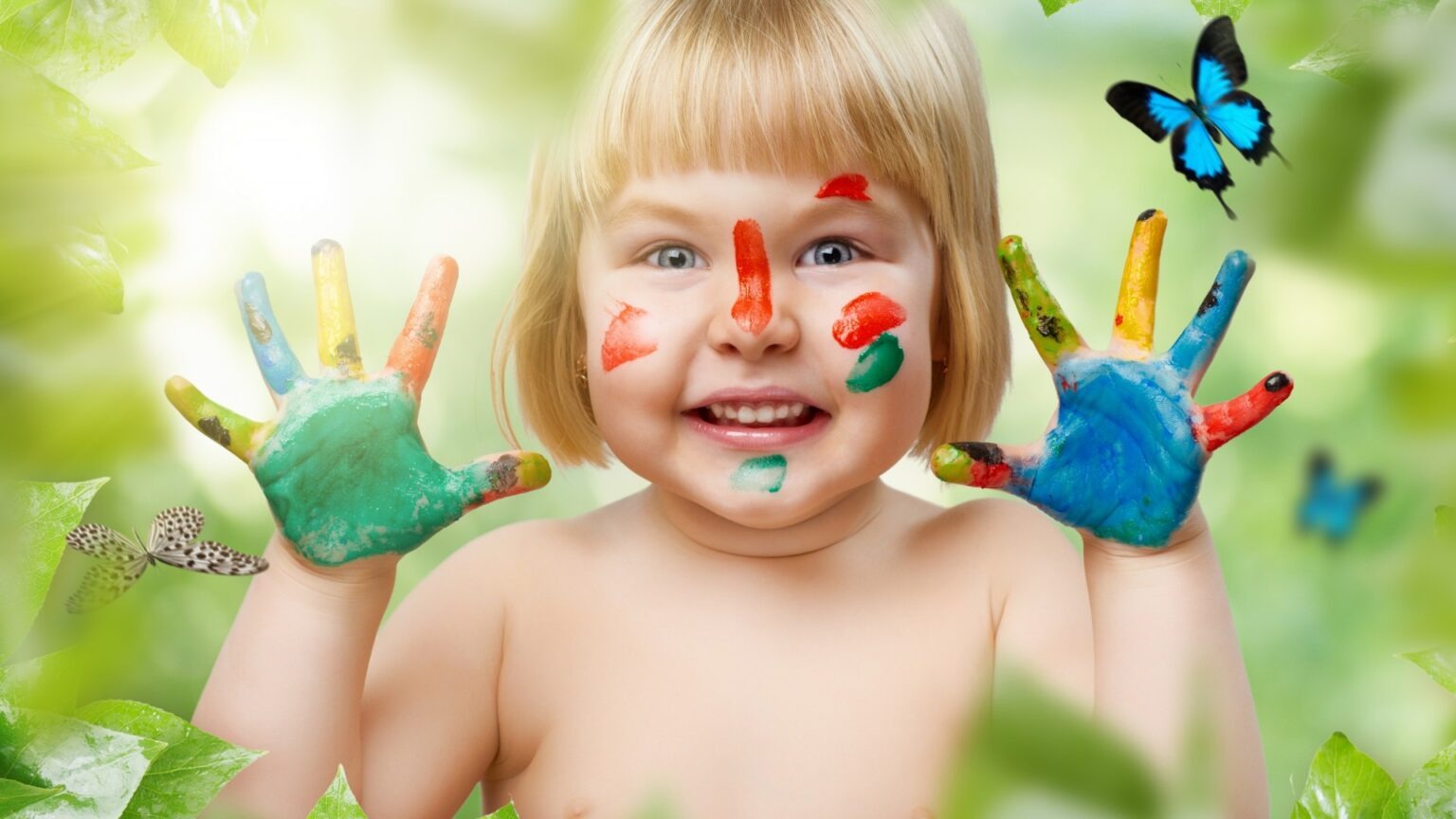

The key areas of our Pediatric Dental Practice is Preventive Dentistry. Our clinic has three fully equipped treatment rooms with advanced technology to enhance patient care and comfort and help your child get the smile they deserve.
Although many parents don’t think too much about their toddler’s or preschooler’s teeth, it is important to do so, because a lot of children develop cavities before they are 5 years old. Good dental hygiene habits should begin before your child’s first tooth comes in. Wiping your baby’s gums with a soft damp cloth after feeds helps to prevent the buildup of bacteria. When teeth appear, start using a soft children’s toothbrush twice a day.
Problems in pediatric patient:
1) Toothache:
Clean the area of the affected tooth thoroughly. Rinse the mouth vigorously with warm water or use toothbrush or dental floss to dislodge impacted food or debris. If the pain still exists, contact your child’s pediatric dentist.
2) Knocked out tooth or tooth avulsion:
Find the tooth. Handle the tooth by the crown, not the root portion. You may rinse the tooth but DO NOT clean or handle the tooth unnecessarily. Inspect the tooth for fractures. If it is sound, try to reinsert it in the socket. Have the patient hold the tooth in place by biting on gauze. If you cannot reinsert the tooth, transport the tooth in a cup containing the patient’s saliva or milk. If the patient is old enough, the tooth may also be carried in the patient’s mouth. The patient must see a dentist IMMEDIATELY! Time is a critical factor in saving the tooth.
3) Cavities:
Your child might be at risk for cavities if he or she eats a lot of sugary foods (such as biscuits, cookies and candy) and drinks a lot of sweet liquids (aerated beverages, fruit juices and sweetened drinks).
Dental decay in deciduous or young permanent teeth needs to be treated so as to restore the tooth back to its normal function. Small cavities in milk teeth, if left untreated, may progress and the decay infects the dental pulp (nerves and blood supply), which can result in damage to the permanent tooth bud forming beneath the milk tooth.
Good oral hygiene removes bacteria and the left over food particles that combine to create cavities. For infants, use a wet gauze or clean washcloth to wipe the plaque from teeth and gums. Avoid putting your child to bed with a bottle filled with anything other than water.


YOUR CHILD FIRST DENTAL VISIT:
It is recommended that your child should visit the dentist by his or her 2nd birthday. You can make the first visit to the dentist enjoyable and positive. Your child should be informed of the visit and told that the dentist is only going to have a look at their lovely teeth. The fewer ‘to-dos’ concerning the visit, the better. It is best if you refrain from using words around your child that might cause unnecessary fear, such as needle, pull, drill or hurt.
We at Surana Dental care understand the child psychology at each and every age .We make a practice of using words that convey the same message, but are pleasant and non-frightening to the child. We take utmost care not to rush and hurry the treatment and explain the procedure in a child friendly manner. This helps in instilling a positive dental attitude so that your child leaves our clinic with a smile!

